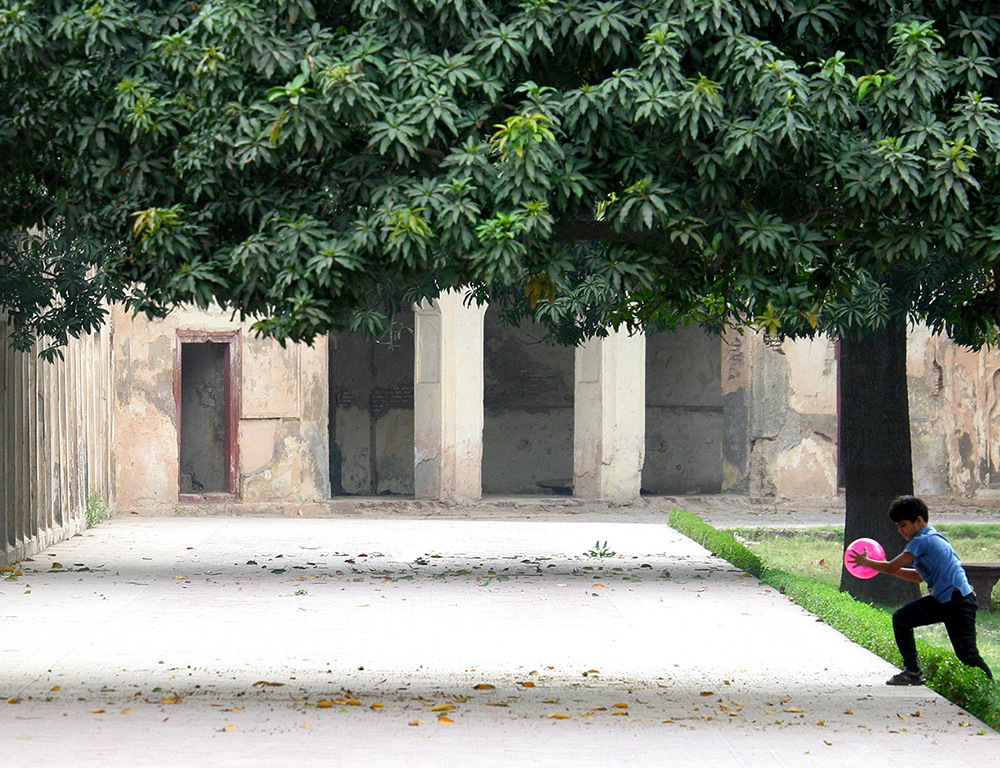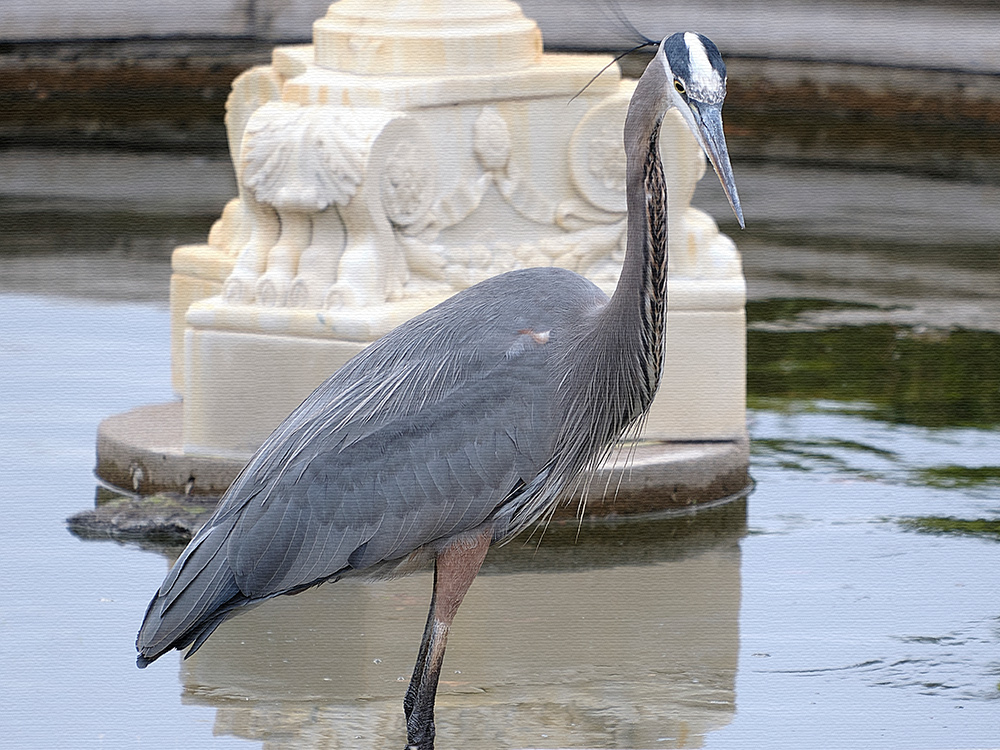
Werner Heisenberg's Principle of Uncertainty (shown above) is a fundamental concept in quantum mechanics, but when we translate the English word "principle" into Spanish or Portuguese our dictionary adds an additional meaning: beginning. What was "Principle of Uncertainty" is now also understood to mean "Beginning of Uncertainty", and this second significance is full of meaning because every exercise in photo making is a jump into the unknown, it is the beginning of uncertainty. When we walk out the door with our camera we are seeking the unknown, and we know that the uncertainty that awaits us my be full of opportunities.
Applying the second meaning of ”principio” in the theorem was not an observation of mine. Ismael Serrano, a Spanish singer, issued an album a few years ago with this title. In his case he was referring to the uncertainties of life in general, but the concept is especially applicable to photography.
In the captions to the photos below there are brief discussions about the coming together of uncertainty, chance, and interpretation.
As an aside, but relevant to this discussion, let me add that the conscious mind identifies things to photograph, but the unconscious mind sees what the conscious does not. There was a time when my unconscious mind would tell me "take that picture" and the conscious would respond saying "why? ...that is nothing worth photographing." Being a logical person (I think), I did what my conscious mind told me. This, I discovered over time, was a mistake. Our unconscious unmasks things hidden by rationality. Listen to it.
There is also, as always, a role played by luck: By luck, a telling gesture is caught on film. By luck, meaning unfolds in a scene and is captured at the right instance. By luck, a photograph transforms itself into a picture that tells a story.
The carefully planned photo has its place. It has documentary value, but it records the obvious. The obvious makes a good photo, but it is not the photo I want to take. This is one reason why my photo files are full of unposed portraits taken on the street. These are photos of more than just the obvious because the human face is both revealing and mysterious.



When we follow news of the earthquakes in Turkey and Syria, it is easy to think of the people in the tragic scenes as simply inhabitants of a place that is distant and unrelated to us, a place of faceless "victims" of a horrible event. In fact, they are people just like us. Yes, they dress differntly, they speak a different language, and they eat different food than we do, but they are people like us: they have the same hopes, the same dreams, and we all share the smae common humanity.
15 years ago, in a happier time for Urfa, I visited the city. It is one of the nicest places I have been ...the kind of city where I would enjoy living.
The young people in these photos are now adults, perhaps with children of their own. Many of the older people have probably passed on since then. It is sad to imagine their situation today.


When we follow news of the earthquakes in Turkey and Syria, it is easy to think of the people in the tragic scenes as simply inhabitants of a place that is distant and unrelated to us, a place of faceless "victims" of a horrible event. In fact, they are people just like us. Yes, they dress differntly, they speak a different language, and they eat different food than we do, but they are people like us: they have the same hopes, the same dreams, and we all share the smae common humanity.
15 years ago, in a happier time for Urfa, I visited the city. It is one of the nicest places I have been ...the kind of city where I would enjoy living.
The young people in these photos are now adults, perhaps with children of their own. Many of the older people have probably passed on since then. It is sad to imagine their situation today.


When we follow news of the earthquakes in Turkey and Syria, it is easy to think of the people in the tragic scenes as simply inhabitants of a place that is distant and unrelated to us, a place of faceless "victims" of a horrible event. In fact, they are people just like us. Yes, they dress differntly, they speak a different language, and they eat different food than we do, but they are people like us: they have the same hopes, the same dreams, and we all share the smae common humanity.
15 years ago, in a happier time for Urfa, I visited the city. It is one of the nicest places I have been ...the kind of city where I would enjoy living.
The young people in these photos are now adults, perhaps with children of their own. Many of the older people have probably passed on since then. It is sad to imagine their situation today.

When we follow news of the earthquakes in Turkey and Syria, it is easy to think of the people in the tragic scenes as simply inhabitants of a place that is distant and unrelated to us, a place of faceless "victims" of a horrible event. In fact, they are people just like us. Yes, they dress differntly, they speak a different language, and they eat different food than we do, but they are people like us: they have the same hopes, the same dreams, and we all share the smae common humanity.
15 years ago, in a happier time for Urfa, I visited the city. It is one of the nicest places I have been ...the kind of city where I would enjoy living.
The young people in these photos are now adults, perhaps with children of their own. Many of the older people have probably passed on since then. It is sad to imagine their situation today.

Prof. Rodger Randle
OU Center for Studies in Democracy and Culture

The University of Oklahoma Tulsa
4502 East 41st Street, Tulsa, Oklahoma 74135
E-mail: randle@ou.edu
Click here to visit our homepage.